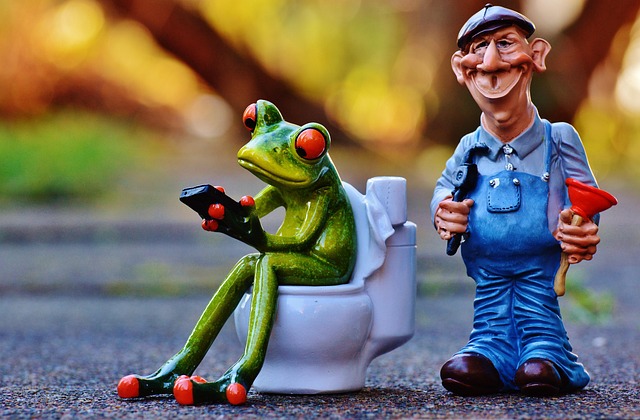Plumbers play a crucial role in installing, repairing, and maintaining piping systems within buildings. They utilize a diverse toolkit, combining hand tools and advanced equipment, to ensure efficient water distribution through precise pipe layout designs. The installation process involves careful planning, material gathering, and secure joint connections. Repairs address leaks and clogs using diagnostic tools and specialized techniques. Regular maintenance by skilled plumbers extends system lifespan through proactive inspections and preventive measures, empowering property owners with DIY checks between professional visits.
“A plumber’s skill set is an intricate dance between understanding complex piping systems and mastering their repair and maintenance. This comprehensive guide delves into the core aspects of a plumber’s craft, from deciphering the layout of common components to equipping yourself with the right tools for efficiency.
Learn about installation best practices, master repair techniques for leaks, clogs, and more, and discover maintenance strategies to ensure longevity. By exploring these sections—’Understanding Piping Systems,’ ‘The Plumber’s Toolkit,’ ‘Installation Process,’ ‘Repair Techniques,’ and ‘Maintenance Best Practices’—you’ll gain invaluable insights into the world of plumbing.”
- Understanding Piping Systems: An Overview of Common Components and Layouts
- The Plumber's Toolkit: Essential Tools and Equipment for Efficient Work
- Installation Process: Step-by-Step Guide to Fitting New Pipes and Fixtures
- Repair Techniques: Diagnosing and Fixing Leaks, Clogs, and Other Issues
- Maintenance Best Practices: Ensuring Longevity and Optimal Performance
Understanding Piping Systems: An Overview of Common Components and Layouts
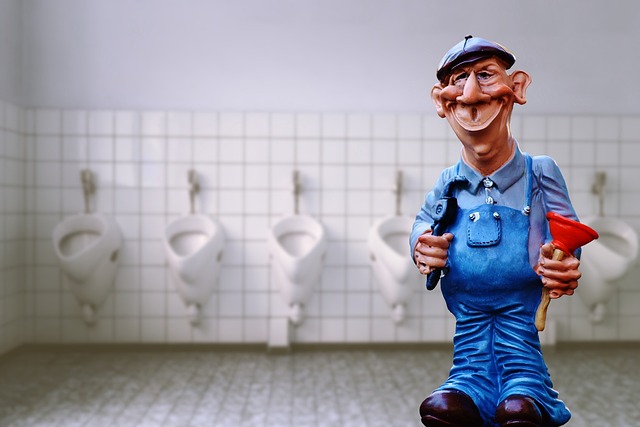
Piping systems are the backbone of any building, facilitating the distribution of water for drinking, cooking, and sanitation, as well as heating and cooling. A typical system comprises several components, including pipes (made from materials like copper, PVC, or steel), fittings (joints, elbows, tees), valves (for control and isolation), and fixtures (tapware, toilets, boilers). Plumbers design these systems based on building layouts, considering factors such as flow rate, water pressure, and temperature.
Common piping layouts include radial, loop, and branch systems. Radial systems, often found in smaller buildings, have pipes extending from a central point, like a main supply line to several fixtures. Loop systems are more efficient for larger structures, with water circulating in a continuous loop. Branch systems divide the main supply into multiple branches, serving different areas of the building. Understanding these components and layouts is crucial for plumbers to install, repair, and maintain piping systems effectively.
The Plumber's Toolkit: Essential Tools and Equipment for Efficient Work
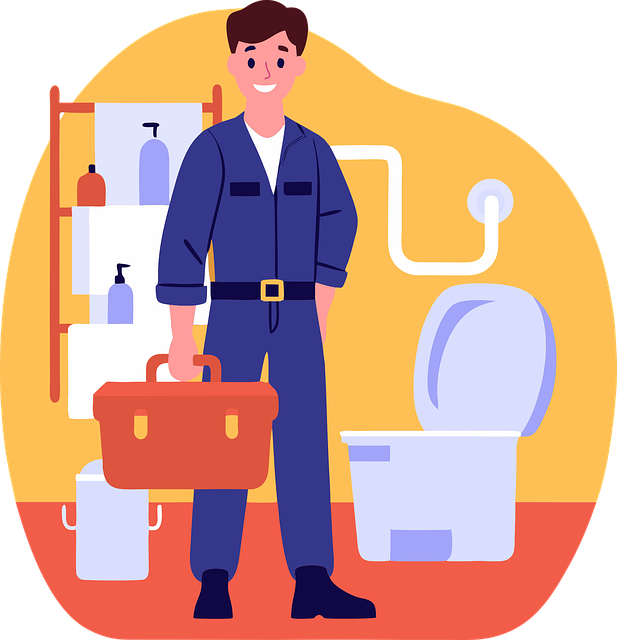
A plumber’s toolkit is an essential asset, containing a variety of tools tailored for efficient piping installation, repair, and maintenance. At the core, basic hand tools such as adjustable wrenches, pliers, screwdrivers, and tape measures are indispensable. These tools enable plumbers to tightly secure fittings, cut through pipes with precision, and ensure accurate measurements during installations.
Beyond manual tools, modern plumbers often rely on specialized equipment like hydraulic presses for fitting connections, leak detection machines for pinpointing problems, and high-pressure water jets for cleaning clogged drains. Such advanced gear enhances work efficiency, reduces job duration, and ultimately, provides better service to clients.
Installation Process: Step-by-Step Guide to Fitting New Pipes and Fixtures
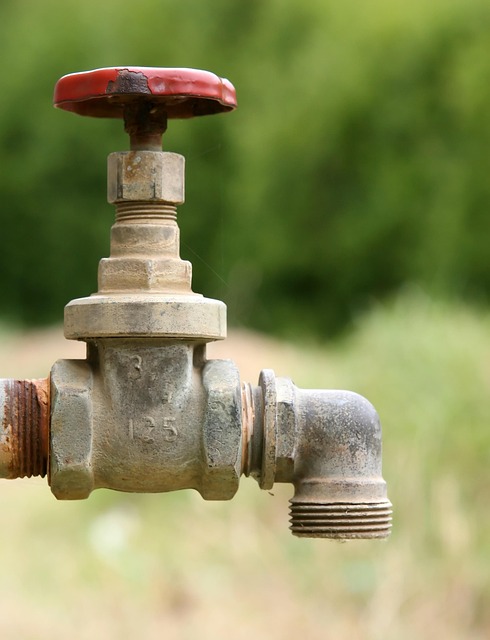
Installing new pipes and fixtures is a crucial task for any plumber, requiring precision and attention to detail. The process begins with careful planning and preparation. First, assess the space and determine the best route for the new piping system, considering existing structures and obstacles. Then, gather all necessary tools and materials, ensuring you have the right fittings, pipes, and any specialized equipment required.
Next, locate the main water supply shut-off valve to control water flow during installation. After turning off the water, start by connecting the new pipes to the main water line, ensuring tight seals with waterproof compounds. Fit each fixture one by one, aligning connections precisely and tightening joints securely. Test the system by slowly opening the shut-off valve and checking for leaks or pressure issues. Finally, turn on the water supply and inspect for any disruptions in flow or pressure, making adjustments as necessary to ensure a smooth installation.
Repair Techniques: Diagnosing and Fixing Leaks, Clogs, and Other Issues
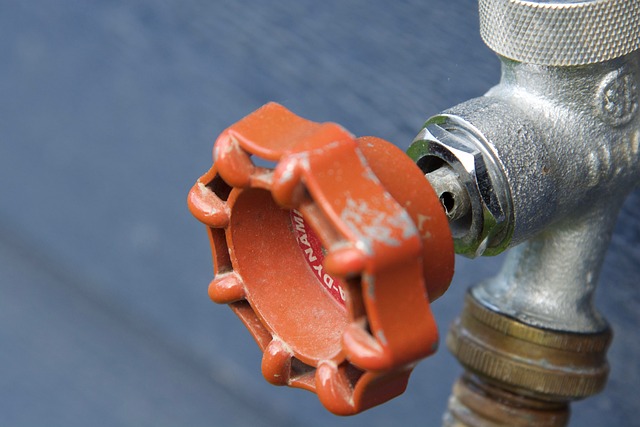
When it comes to repairing plumbing issues, a plumber’s toolkit is their canvas. The art lies in diagnosing the problem accurately—is it a leak, a clog, or something more complex? For leaks, they employ various techniques, from tracing the source by visualizing water flow to using specialized tools that detect even the tiniest drips. Once identified, repairs can range from replacing worn-out fixtures to installing new sections of piping.
For clogs, plumbers often use a combination of physical and chemical methods. They might manually clear obstructions or employ powerful hydro-jetting technology to blast away blockages. In cases where the issue is not readily apparent, advanced diagnostic tools help in identifying the root cause, ensuring that the right repair technique is used for long-lasting results.
Maintenance Best Practices: Ensuring Longevity and Optimal Performance
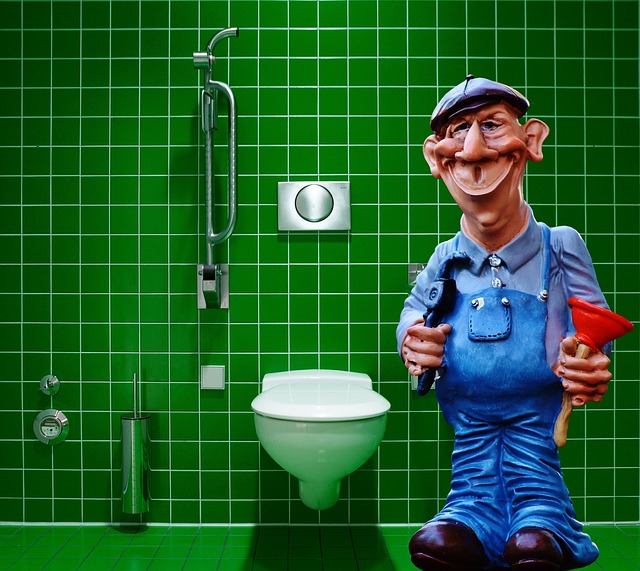
Regular maintenance is key to extending the lifespan of piping systems and fixtures, ensuring they operate at their peak efficiency. A skilled plumber should adopt a proactive approach by performing routine inspections to identify potential issues early on. This involves checking for leaks, corrosion, or any signs of wear and tear. By addressing these problems promptly, plumbers can prevent major breakdowns and costly repairs in the future.
Best practices include scheduling regular maintenance visits, using high-quality replacement parts, and staying updated with industry standards. Preventive measures such as insulation and proper drainage systems also contribute to optimal performance. Plumbers should educate property owners about simple DIY checks they can perform between professional visits, fostering a culture of responsible plumbing maintenance.
In conclusion, a skilled plumber is an essential asset for any home or business. By understanding piping systems, utilizing the right tools, and mastering installation, repair, and maintenance techniques, they can ensure efficient water flow and address various plumbing issues promptly. Whether it’s a simple leak fix or a complex fixture replacement, these professionals play a crucial role in maintaining a functional and healthy living environment.
